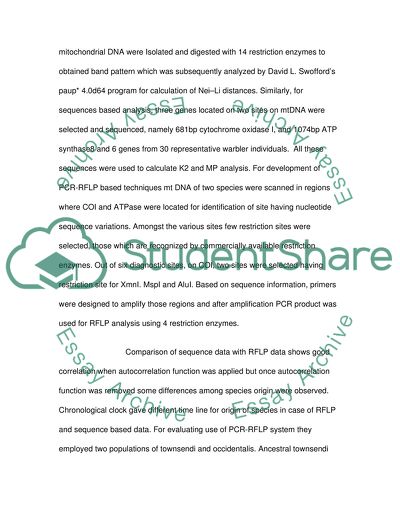EvolutionEcology Essay Example | Topics and Well Written Essays - 500 words. Retrieved from https://studentshare.org/miscellaneous/1520452-evolutionecology
EvolutionEcology Essay Example | Topics and Well Written Essays - 500 Words. https://studentshare.org/miscellaneous/1520452-evolutionecology.


